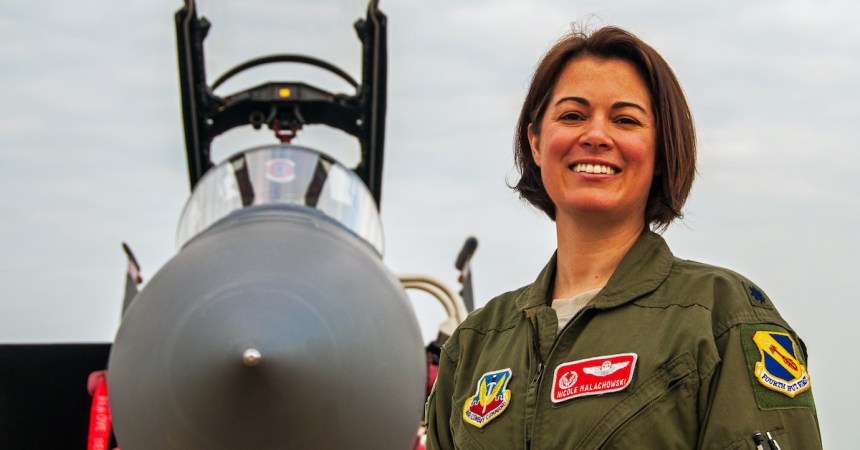Much has been made of Russian and Chinese missiles – and they do warrant attention. But the submarine still remains a very deadly assassin. If anything, that danger has taken on new forms, as the crew of the South Korean corvette Cheonan found out in 2010.
So, how will these underwater assassins be prevented from carrying out their nefarious deeds? Here are four systems that were displayed by L3 Ocean Systems at SeaAirSpace 2017.
1. Firefly
The big problem many helicopters deal with is weight. Every pound for sensors is a pound that can’t be fuel or a weapon or a sonobouy.
At less than 400 pounds, the Firefly is a dipping sonar that can be used on much smaller helicopters – allowing someone who needs some coastal ASW to install it on more platforms than if it were a heavier sonar. Or, on the flip side, the helo that trades in a heavier dipping sonar for this lighter one gains more fuel, and thus, more range – or possibly an extra weapon, giving it an extra shot at an enemy sub.
Firefly can operate as deep as 656 feet of water, and can pick up a target almost 20 miles away. That’s not bad for this small package.

2. HELRAS
The Helicopter Long Range Active Sonar is used by nine separate navies, including Italy, Thailand, Greece, and Turkey. This sonar weighs 716 pounds – but it is also interoperable with the sonars on surface ships and the sonobouys dropped by other helicopters and maritime patrol planes.
It can operate at depths of up to 1,640 feet — meaning running silent and running deep won’t help a sub escape detection from this sonar. And once the sub is located… its captain will have an exciting – and short – time to ponder his situation.

3. LFATS
Let’s face it – diesel-electric submarines are getting better and better. They are finding ways to operate without having to snorkel while charging their batteries. The batteries are getting better, and even cell phone battery technology is being leveraged for subs.
The solution is to do what they did in World War II – use active sonar to ping and find the submarine. The Low-Frequency Active Towed Sonar can do that – and can be placed on a vessel as small as 100 tons. It can operate at depths of up to 984 feet. In essence, in shallow water, there is no place for a sub to hide from this sonar. Not when every patrol boat can have one.

4. TB-23F
You might find it interesting that a towed-array for a submarine is on here, but the U.S. Navy’s nuclear submarines sometimes have to operate in shallow water where diesel boats can hide a lot more easily.
Able to operate at depths of over 1,000 feet at a speed of up to 12 knots, the TB-23F makes any submarine that tows it more capable when it comes to hunting the submarines of the enemy.

So, while the submarine threat has gotten worse, a lot of works has been done on developing ways to find these underwater assassins before they can do harm to the valuable ships.










